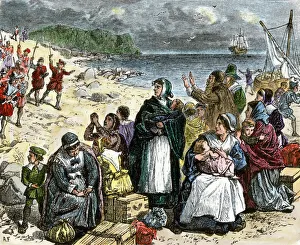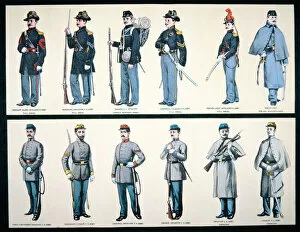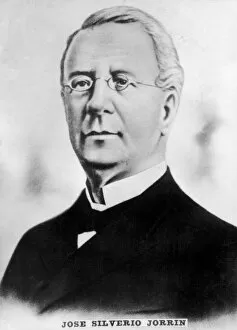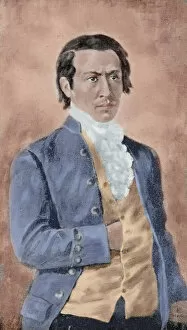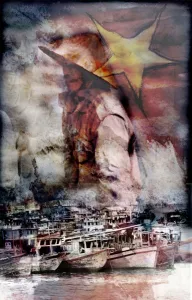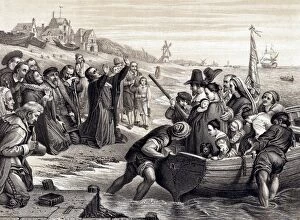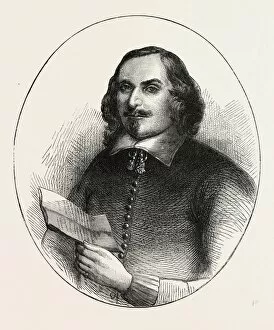Separatist Collection
In the early 1600s, a group of Puritans attempted to leave England in search of religious freedom
All Professionally Made to Order for Quick Shipping
In the early 1600s, a group of Puritans attempted to leave England in search of religious freedom. Their desire for autonomy and separation from the established Church led them to embark on a perilous journey across the Atlantic. Fast forward to the mid-19th century, when tensions between states reached their peak in America. The Union and Confederate Army Uniforms became symbols of division as they donned contrasting colors on battlefields soaked in blood. One cannot discuss separatism without mentioning Francisco Javier Eugenio de Santa Cruz y Espejo, an influential figure who advocated for independence from Spanish colonial rule. His unwavering dedication inspired many others to fight for liberation throughout Latin America. A picture captures Edward Winslow dressed in traditional Puritan attire, serving as a reminder of those who sought separation not only from their homeland but also from societal norms that conflicted with their beliefs. The flag of the Confederate States of America represents a dark chapter in American history, where separatist sentiments fueled a devastating civil war. The Southern Cross battle flag further symbolizes this divide and stands as an enduring emblem of rebellion against federal authority. Salvatore Giuliano's clandestine activities during his time hiding in underbrush epitomize another form of separatism - one driven by political motives rather than ideology or religion. His actions challenged authority and sparked debates about justice and self-determination. Photographs depicting Confederate soldiers parading through Arkadelphia or Charleston Zouave Cadets highlight how these individuals willingly separated themselves from the Union army to defend what they believed was their right: state sovereignty. "The True Issue" lithograph serves as a powerful commentary on the divisive nature of separatism during wartime. It portrays conflicting perspectives surrounding secession and its consequences while urging viewers to question which side holds moral superiority. Shifting our focus towards Cuba, Juan Gualberto Gomez emerges as an advocate for Cuban independence during the early 20th century.

